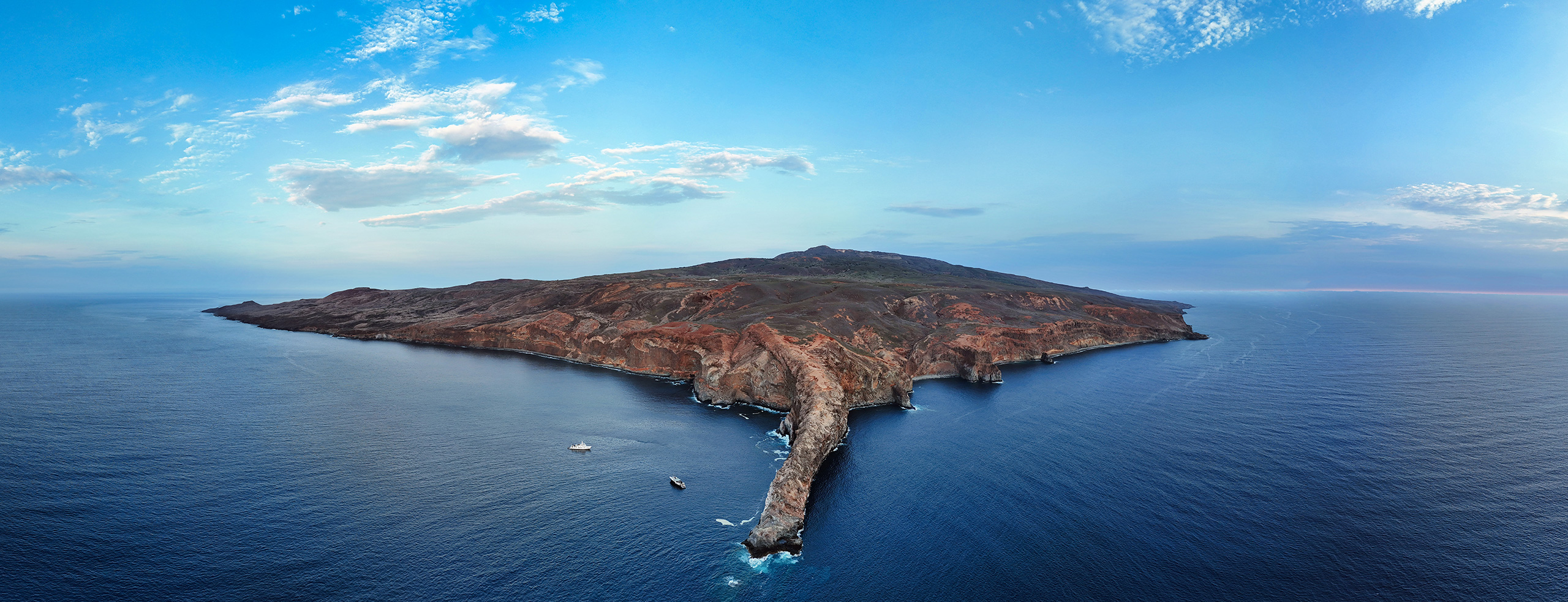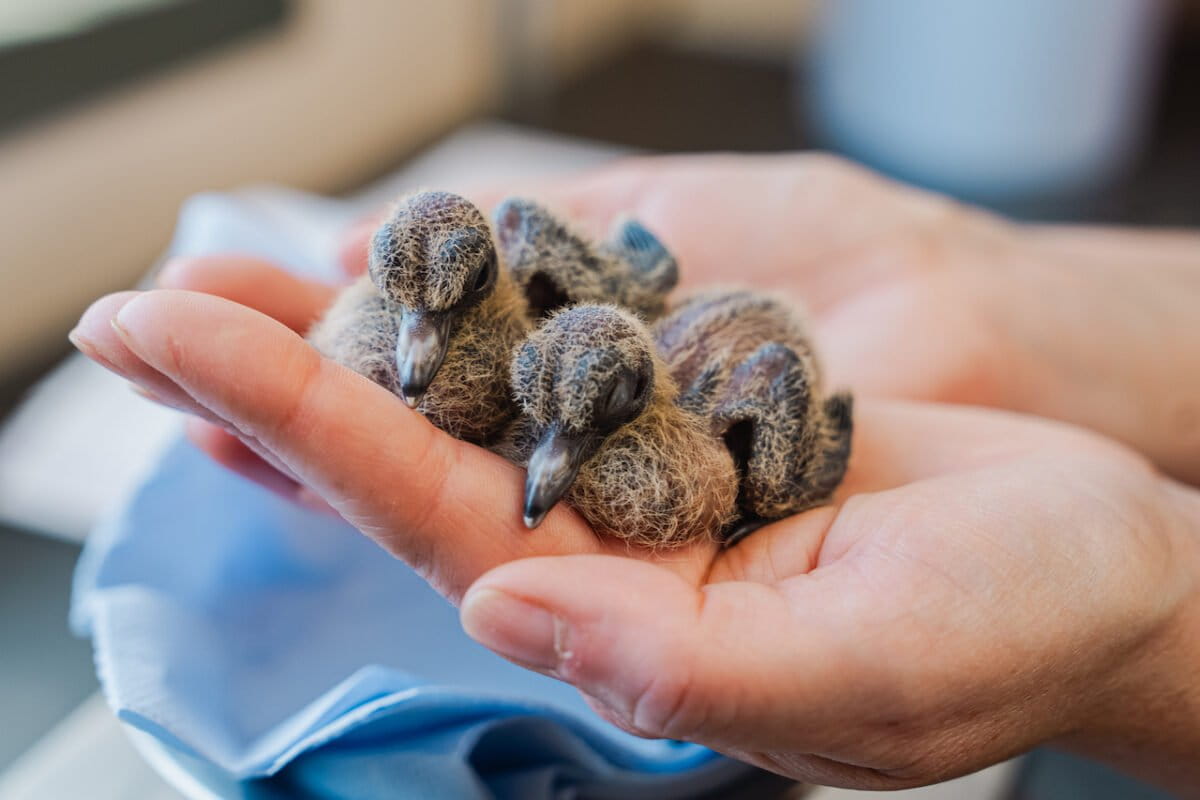Founder’s Briefs: An occasional series where Mongabay founder Rhett Ayers Butler shares analysis, perspectives and story summaries.
At Chester Zoo in the U.K., eight downy chicks have emerged this year — an encouraging development for a bird thought lost to history, reports Mongabay’s Liz Kimbrough.
The Socorro dove (Zenaida graysoni), once common on the Mexican island of the same name, vanished from the wild in 1972. Today about 200 survive only in zoos across North America and Europe.
The doves once lived without fear, wandering through human camps and over boots. That trust proved fatal. Sheep introduced in the 1800s stripped their habitat, while a naval base established in 1957 brought feral cats that finished the job.
“Navy staff and their families brought house cats which became wild and caused terrible damage to the native wildlife, including the Socorro dove population, which was last seen in the wild in 1972,” explained Andrew Owen of Chester Zoo.
The species persisted only because 17 birds were taken to the United States in 1925. All living Socorro doves descend from that handful, leaving them genetically fragile. Inbreeding risks, coupled with the species’ solitary habits, make recovery difficult. Yet they also show unusual parenting: Females rush to lay new eggs, while males diligently feed and guard the older brood. “The fathers take over with the older chicks,” said Chester Zoo’s Clare Rafe.
“The hatching of eight new Socorro doves really is news worth celebrating,” noted Donal Smith of the Zoological Society of London.
The island itself is better prepared than before — sheep were removed by 2010 and bird houses stand ready. Still, feral cats remain, and half a century of change complicates any return. For now, each chick that fledges strengthens the slender thread keeping this species alive.

Banner image: Newly hatched Socorro doves at Chester Zoo. Image courtesy of Chester Zoo.
